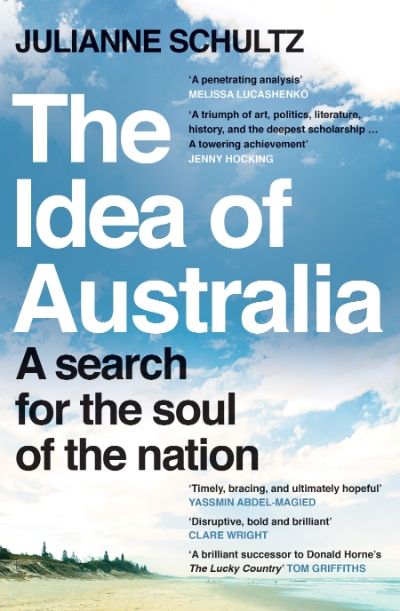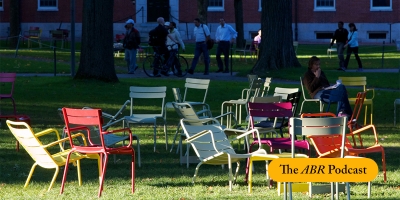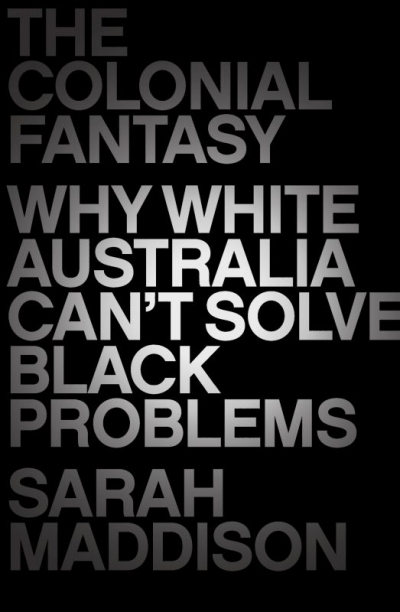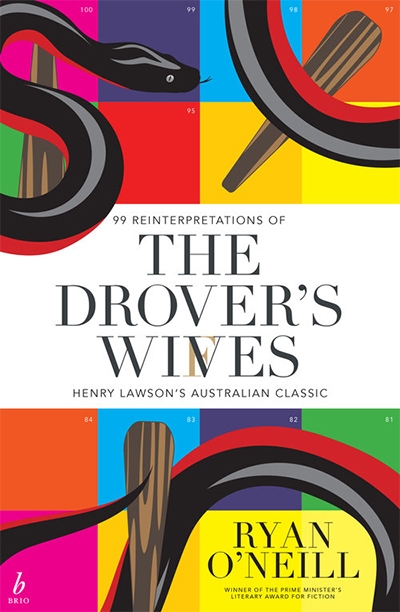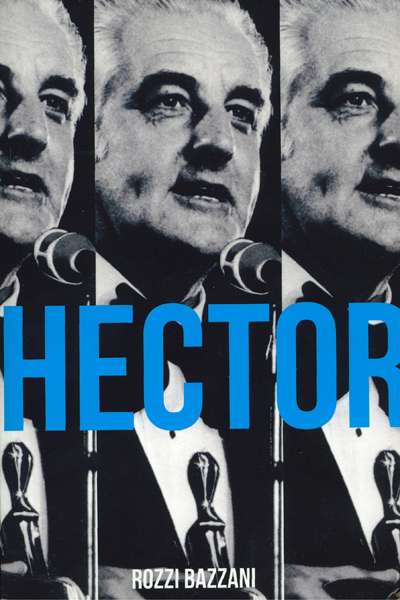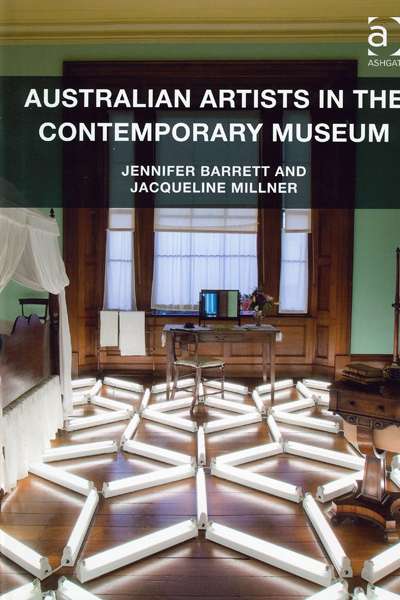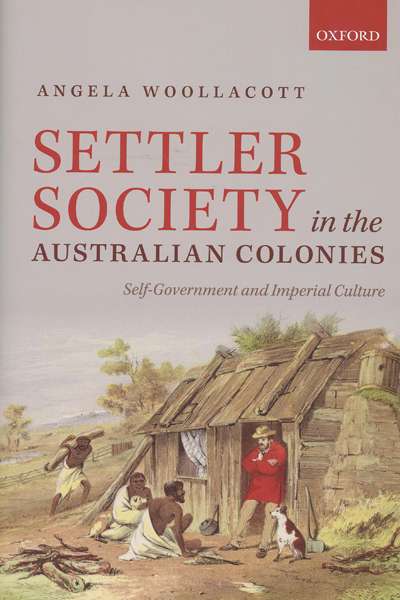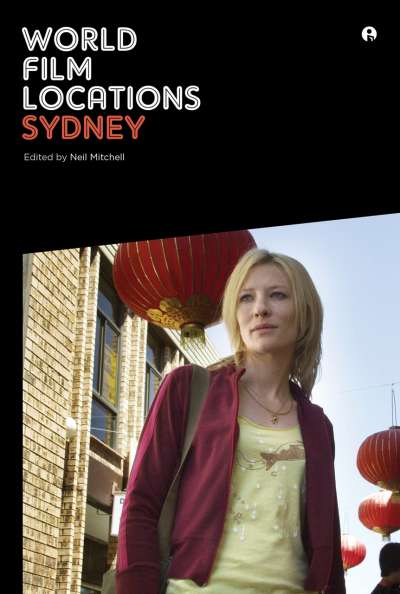Australian Studies
The Idea of Australia: A search for the soul of the nation by Julianne Schultz
The Gough Whitlam and Malcom Fraser Chair of Australian Studies was established at Harvard University in 1976 as a diplomatic gift marking the bicentenary of the American Revolution. It was also part of a global strategic initiative that saw Australian Studies visiting professorships spring up in places from Dublin and Copenhagen to Tokyo and Beijing. While not all such professorships have fared equally well, the Harvard Chair of Australian Studies has been bolstered by the financial largesse of its host institution as well as by its record of strong recruitment. In this episode of The ABR Podcast, Joan Beaumont reflects on the history of this unique institutional arrangement ...
... (read more)Finding the Heart of the Nation: The journey of the Uluru Statement towards voice, treaty and truth by Thomas Mayor
The Colonial Fantasy: Why white Australia can’t solve black problems by Sarah Maddison
The Drover’s Wives: 99 reinterpretations of Henry Lawson’s Australian Classic by Ryan O’Neill
'How do we live with ourselves? The Australian national conscience' by Alan Atkinson
When Australian federation was being planned and its implications first worked through, various men and women with agendas of their own set themselves ...
... (read more)
